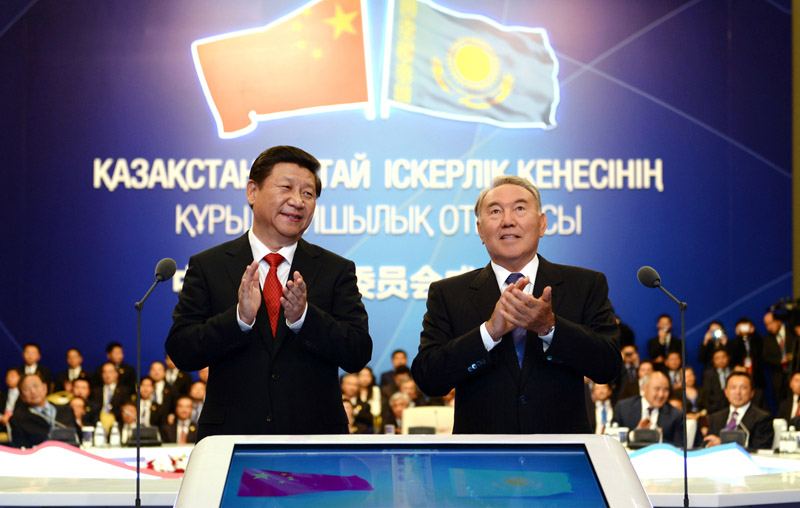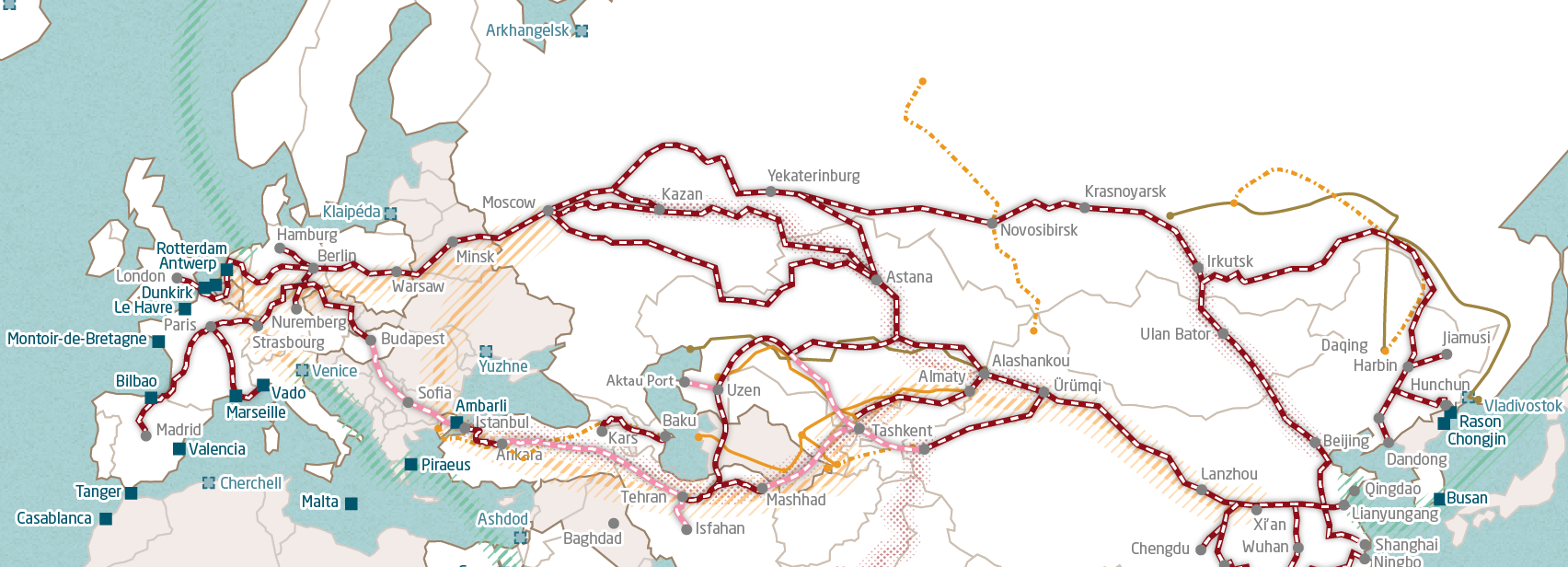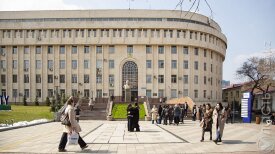In a speech at Nazarbayev University in Astana on 7 September 2013, China’s President Xi Jinping announced the Belt and Road Initiative (BRI), a policy that would come to define the country’s foreign trade and investment policy for years to come.
Because Kazakhstan was chosen as the theater of the announcement, it was clear that the Central Asian country would have played a key role in China’s outward-looking initiatives. In the countless analyses and reports written about the BRI in the past decade, Kazakhstan was always defined as “critical”, “crucial”, “pivotal”, “a linchpin”, “a centerpiece”, “the buckle” of the BRI, “one of China’s favorite peripheries”, “the best bet” because the BRI corridors from China to Europe would have to pass through Kazakhstan’s territory.
The relations between China and Kazakhstan have evolved and changed in the past decade, gaining further momentum after a summit in May. Vlast reached out to Giulia Sciorati, a fellow at the department of International Relations of the London School of Economics, focusing on China-Central Asia relations, who recently visited Kazakhstan and China.
Today marks ten years since Xi's announcement of the BRI in Astana, what can Beijing say it has accomplished in Kazakhstan within the framework of this policy?
It is difficult to pin-point exactly what China has accomplished in Kazakhstan under the BRI umbrella because there has been quite an extensive overlap between BRI projects and other China-Kazakhstan private and public cooperation initiatives. Hard to say what the BRI itself has achieved in practice. In general, the BRI has provided a wide contextual frame within which the majority of China-Kazakhstan cooperative initiatives have been set in the past decade. In turn, this has provided China with an easy "way in" to increase cooperation with the country.
How has this policy influenced Kazakhstan-China relations in terms of both geopolitics and trade?
The decision to announce the BRI at Nazarbayev University remains the most important step taken within this Initiative to foster China-Kazakhstan relations. The symbolism of the two countries sharing a special bond because of that event still reverberates today. A small but powerful example resides within the halls of the newly established Museum of the Chinese Communist Party in Beijing, which narrates the first 100 years of the party. Because of its role as the BRI’s official “birthplace”, Kazakhstan is one of the few recurring countries displayed in the museum as a cornerstone of China’s foreign policy. This is particularly striking given that, in terms of presence, Kazakhstan follows the exhibits of much more important countries in China's foreign policy history such as Russia, the United States, Japan, and selected European countries.
Is the policy poised to change now with Xi's new foreign policy approach? Do the new global initiatives follow the same path as the BRI?
Yes, we could see changes, but not exclusively with regards to Kazakhstan. One of the main criticisms about the effectiveness of the BRI has precisely been its particularly wide reach, often quite abstract in terms of overarching goals. The newly launched Global Security Initiative, Global Development Initiative, and Global Civilization Initiative seem to be pursuing similar objectives compared with the BRI, but are much more focused on tangible macro-themes. These initiatives will interact with the BRI and offer an opportunity for the whole initiative to be refocused along new lines.
How has Kazakhstan benefited from the BRI? What are Astana's future prospects in its collaboration with China?
In Kazakhstan, the BRI had the advantage of focusing on key sectors for the country's own national interests. Especially in terms of energy and transport. Although projects have been developed by both BRI and non-BRI Chinese sources with debatable success, Kazakhstan’s government has undoubtedly tried to coordinate Chinese initiatives with national projects. Over the past decade, this has made the BRI experiment in Kazakhstan quite unique compared to other countries worldwide. From the Chinese side, Kazakhstan is considered a success story for the BRI.
Tensions, especially regarding the so-called re-education camps in Xinjiang, have emerged since the BRI announcement. How did China's investment policy influence political ties and social relations?
We must make a stark distinction between China-Kazakhstan elite relations and the overall perception of China in the country. From an institutional viewpoint, the majority of BRI projects have been negotiated at the elite level, thus keeping highly controversial issues like Xinjiang generally away from the negotiating tables. A different story is that of Kazakhstan’s civil society, which still maintains a generally negative attitude toward China, despite Beijing's attempts to raise awareness of its modern history and culture to Kazakhstan's population through education and cultural activities.
Поддержите журналистику, которой доверяют.









